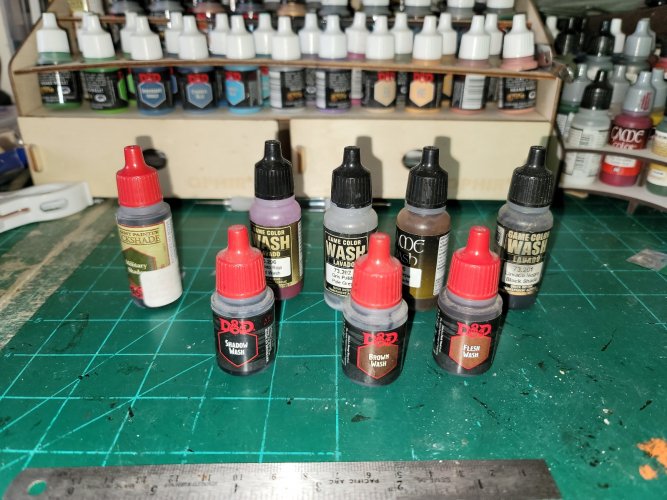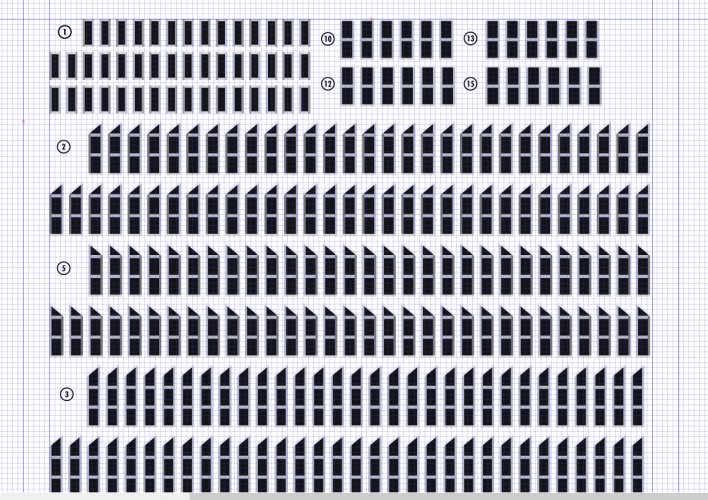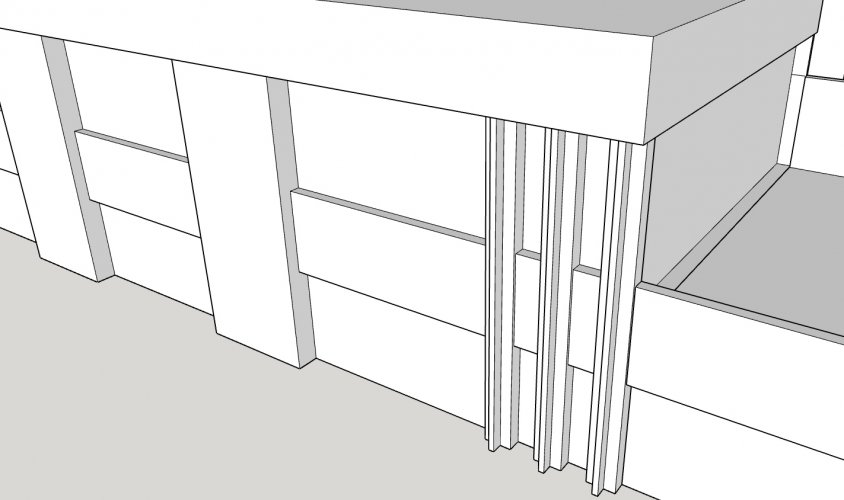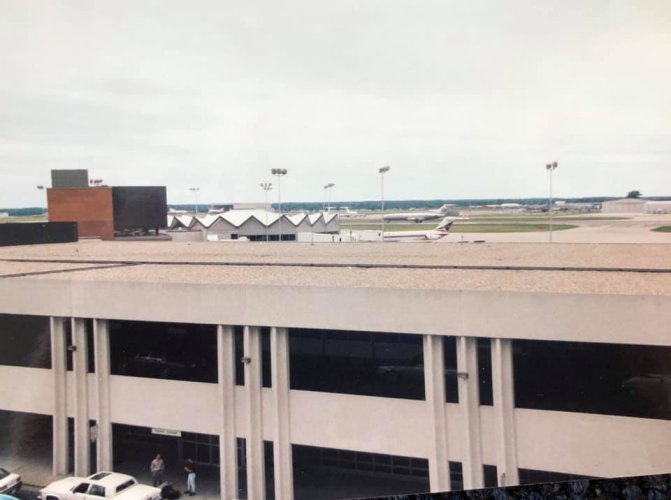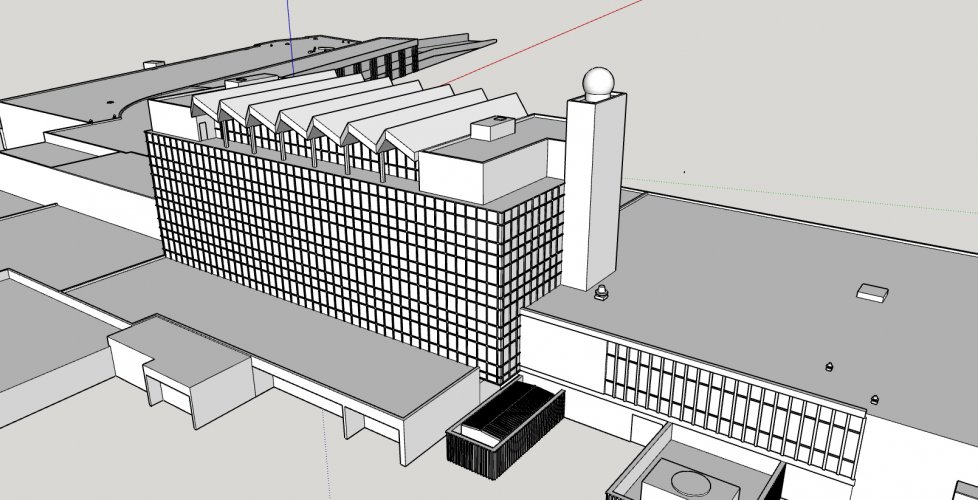Well, after receiving the advice of several other 1:400 aircraft collectors I've decided to convert my project from a paper model design to 3D printing. So my task at this point is to go back through my 3D models and add in all the detail that would have been drawn on the paper, increase the depth a little further on the stuff that would have been built up by layering, and to design decal templates for the fine details.
This here is Concourse C, built in 1987. It was a fairly simple design for paper... then that all changed once the time came for me to go back in and mark it off every 5 feet and carve in the panel lines...
By the way, what's the best way to accentuate these lines on the finished model? The real ones were filled with a dark gray caulk. Should I use a paint or ink wash, or go over them with pencil lead, or some other technique I haven't thought of yet?
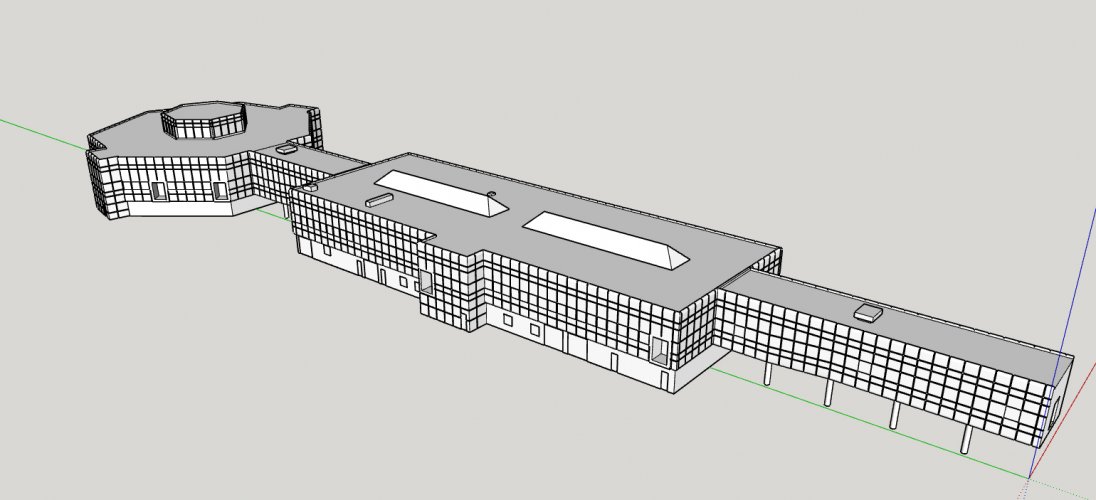
This here is Concourse C, built in 1987. It was a fairly simple design for paper... then that all changed once the time came for me to go back in and mark it off every 5 feet and carve in the panel lines...
By the way, what's the best way to accentuate these lines on the finished model? The real ones were filled with a dark gray caulk. Should I use a paint or ink wash, or go over them with pencil lead, or some other technique I haven't thought of yet?



